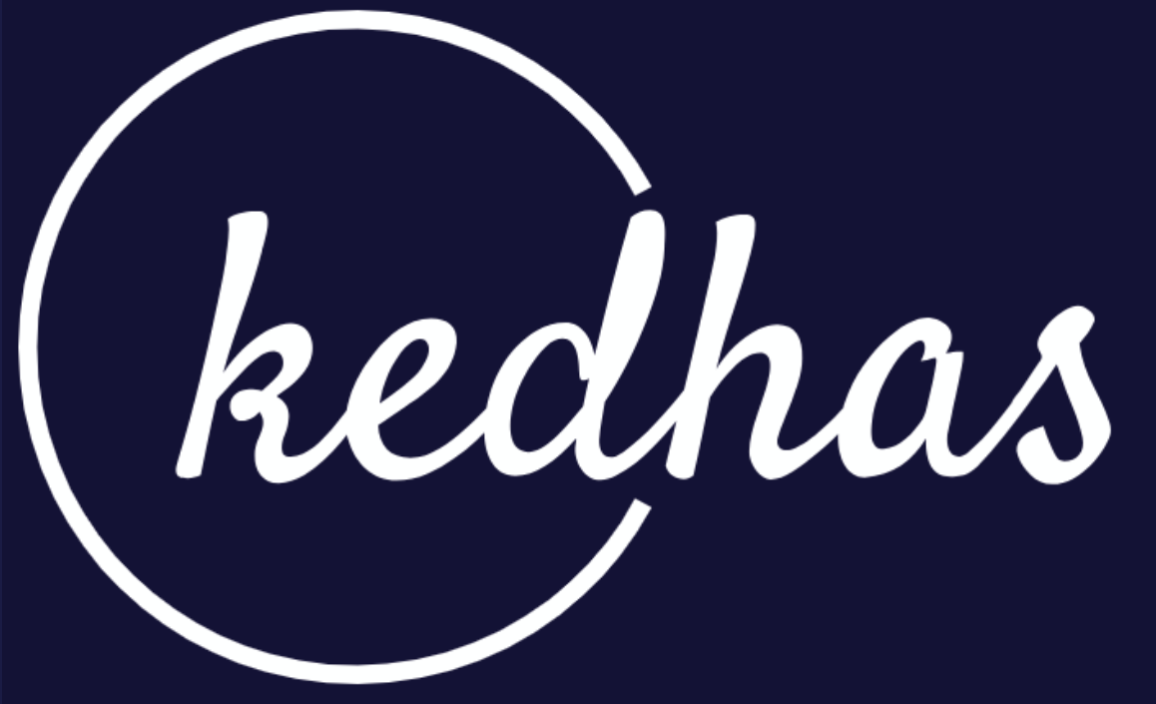NoSQL Databases
Welcome to the fascinating world of NoSQL databases. In this section, you'll dive into the diversity of NoSQL database types and learn how they cater to various data storage and retrieval needs.
Document-Based Databases

Overview: Document-based databases, such as MongoDB, provide flexible and schema-less storage for documents. In this module, you'll explore how these databases are ideal for storing and querying unstructured or semi-structured data.
Examples: Here's a simple example of inserting a document into a MongoDB collection:
db.books.insertOne({
title: "The Great Gatsby",
author: "F. Scott Fitzgerald",
year: 1925
});Key-Value Stores

Overview: Key-Value stores like Redis excel in providing lightning-fast data retrieval. In this module, you'll discover how these databases efficiently handle caching, real-time analytics, and more.
Examples: To set a key-value pair in Redis:
SET username "john_doe"Column-Family Stores

Overview: Column-family stores, exemplified by Apache Cassandra, are designed for storing massive amounts of distributed data. Learn how these databases handle column-family data models efficiently.
Examples: Create a table in Cassandra for storing user profiles:
CREATE TABLE UserProfile (
username text PRIMARY KEY,
email text,
age int
);Graph Databases

Overview: Graph databases like Neo4j are designed to handle complex relationships in data. In this module, you'll explore how graph databases are used in social networks, recommendation engines, and more.
Examples: Querying for friends of a user in Neo4j:
MATCH (user:User {name: 'Alice'})-[:FRIENDS_WITH]->(friend:User)
RETURN friend.name;Join us on this journey through the diverse landscape of NoSQL databases, where you'll discover their unique strengths and applications. Let's get started!
This content can be used as the introductory page for the "NoSQL Databases" section of your tutorial blog, without markdown formatting.
Book a conversation with us for personalize training today!

